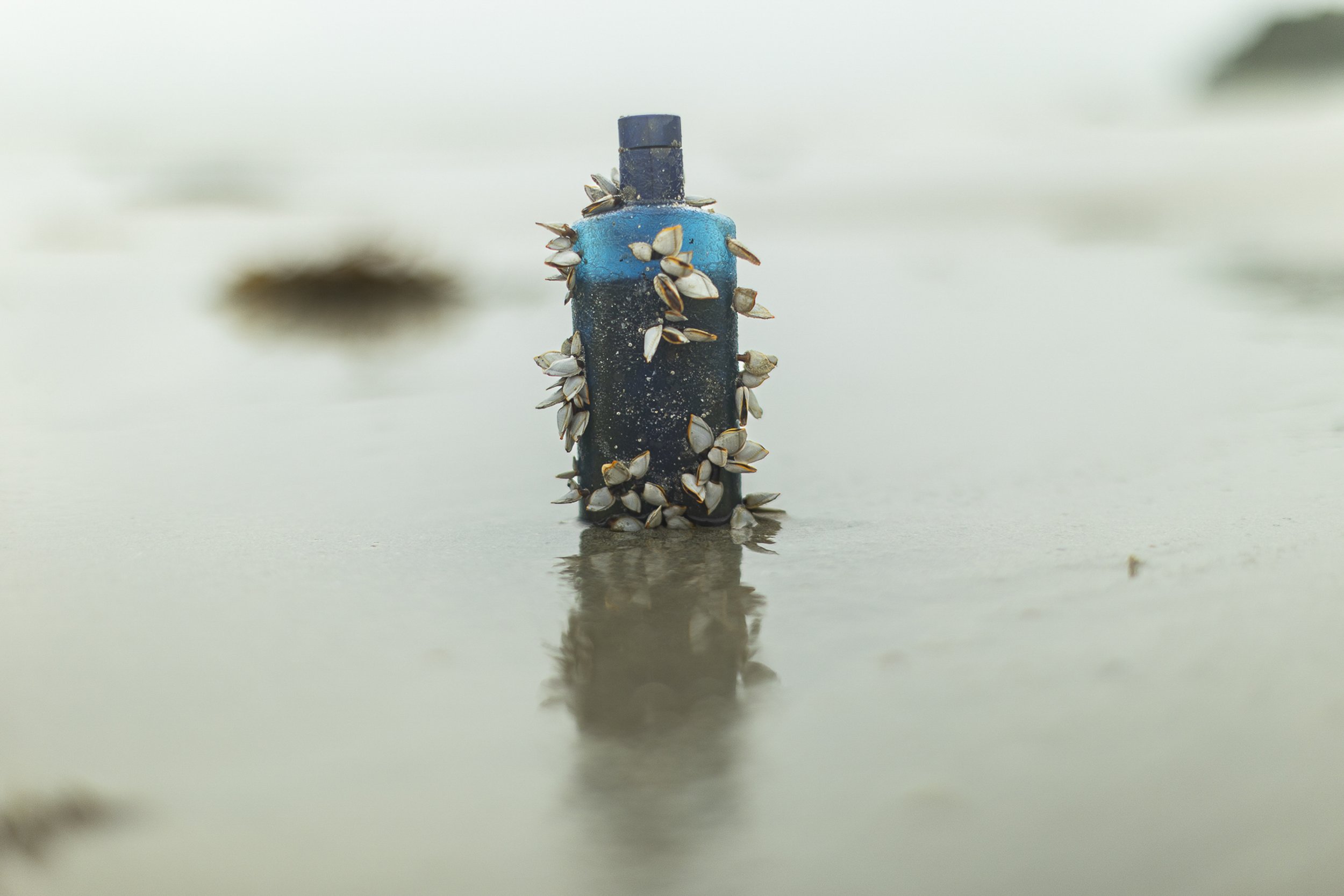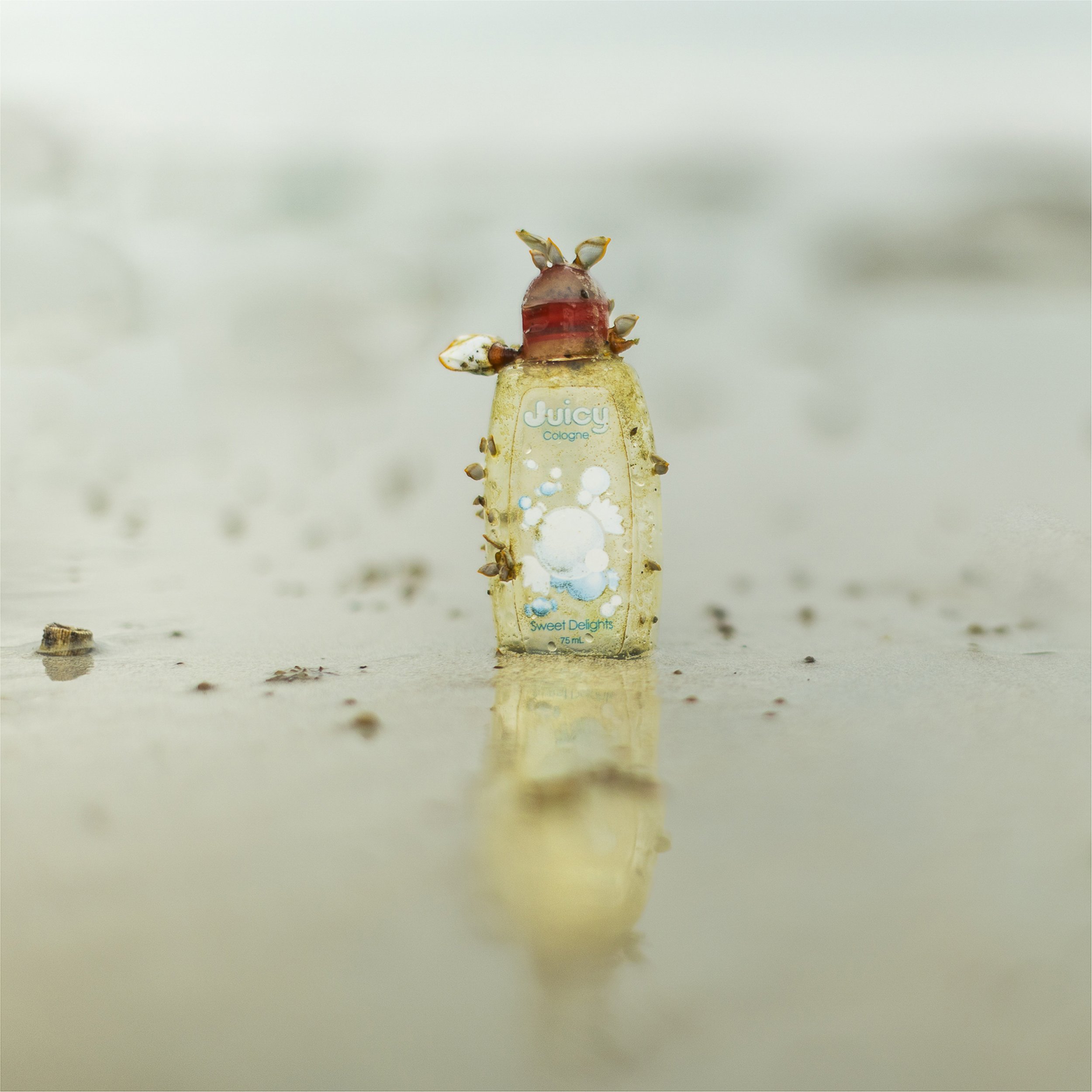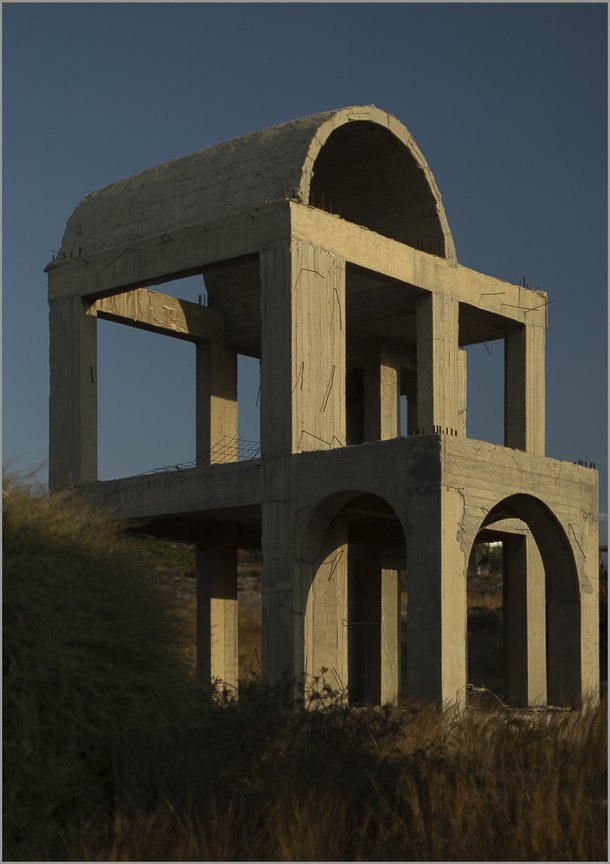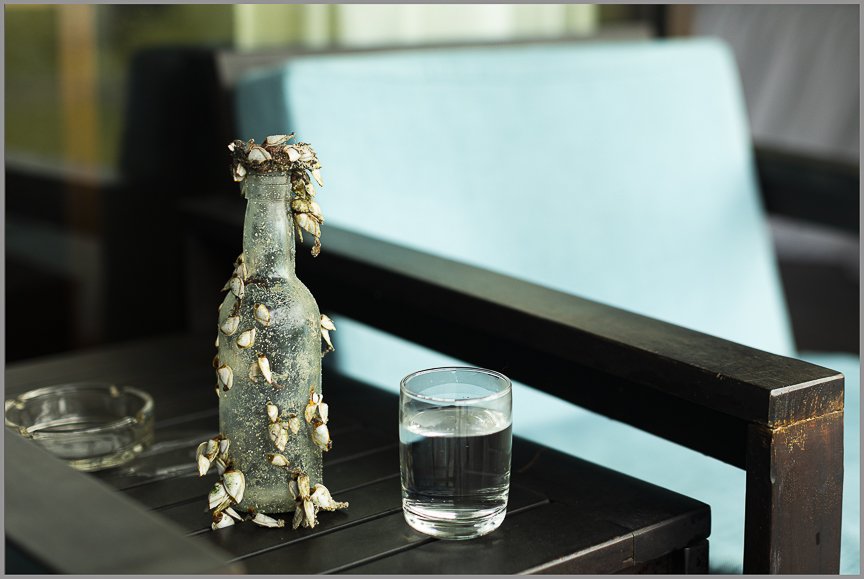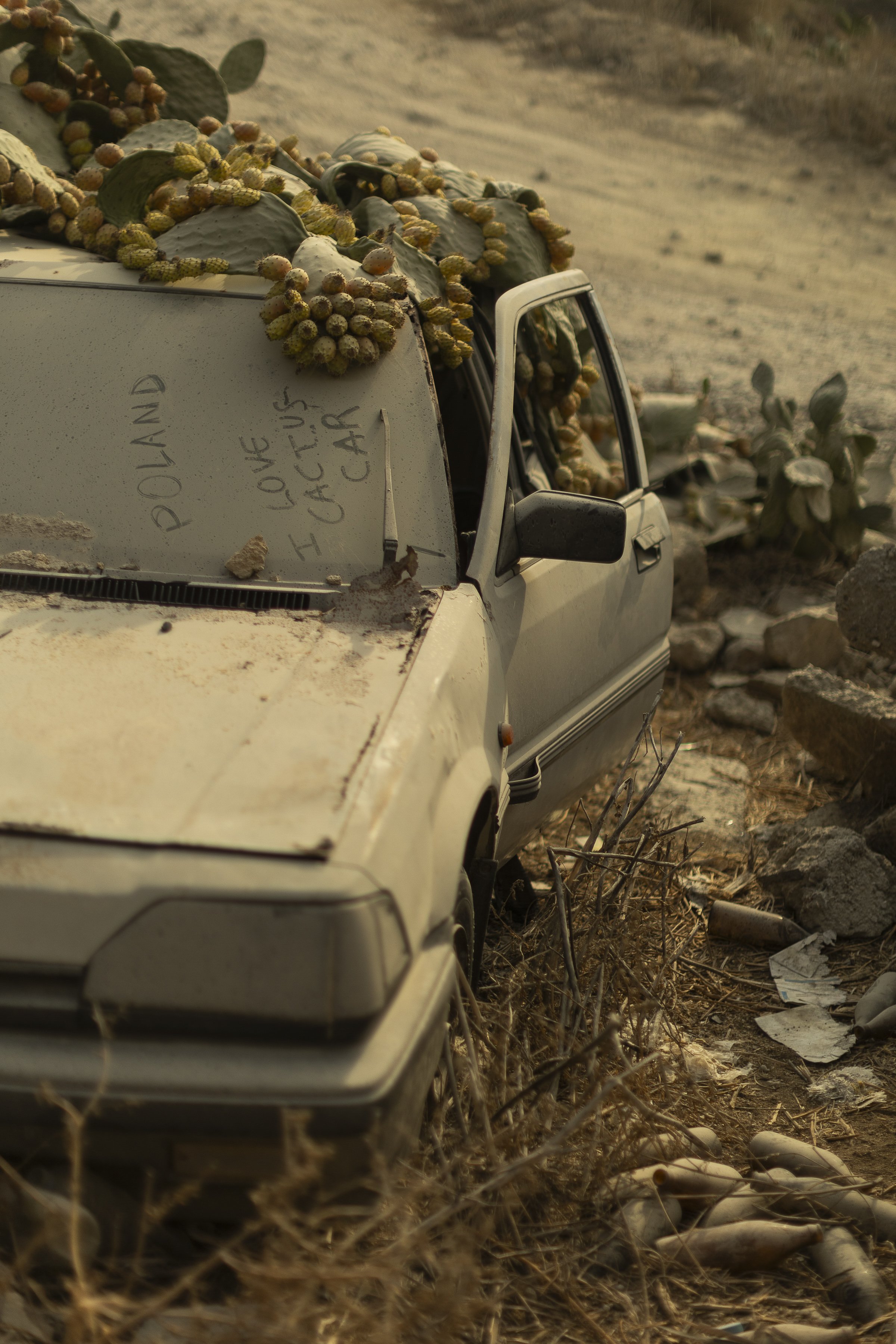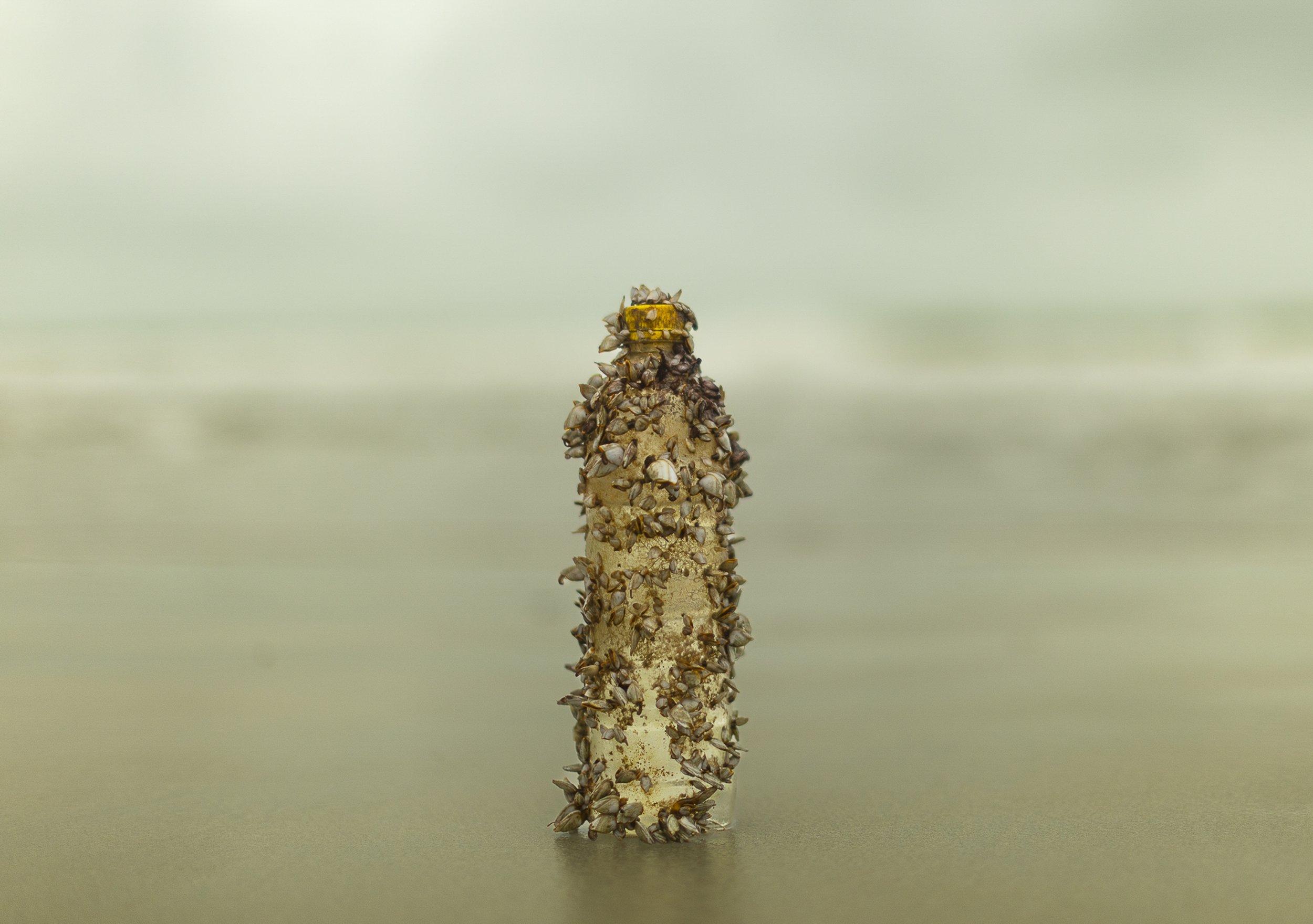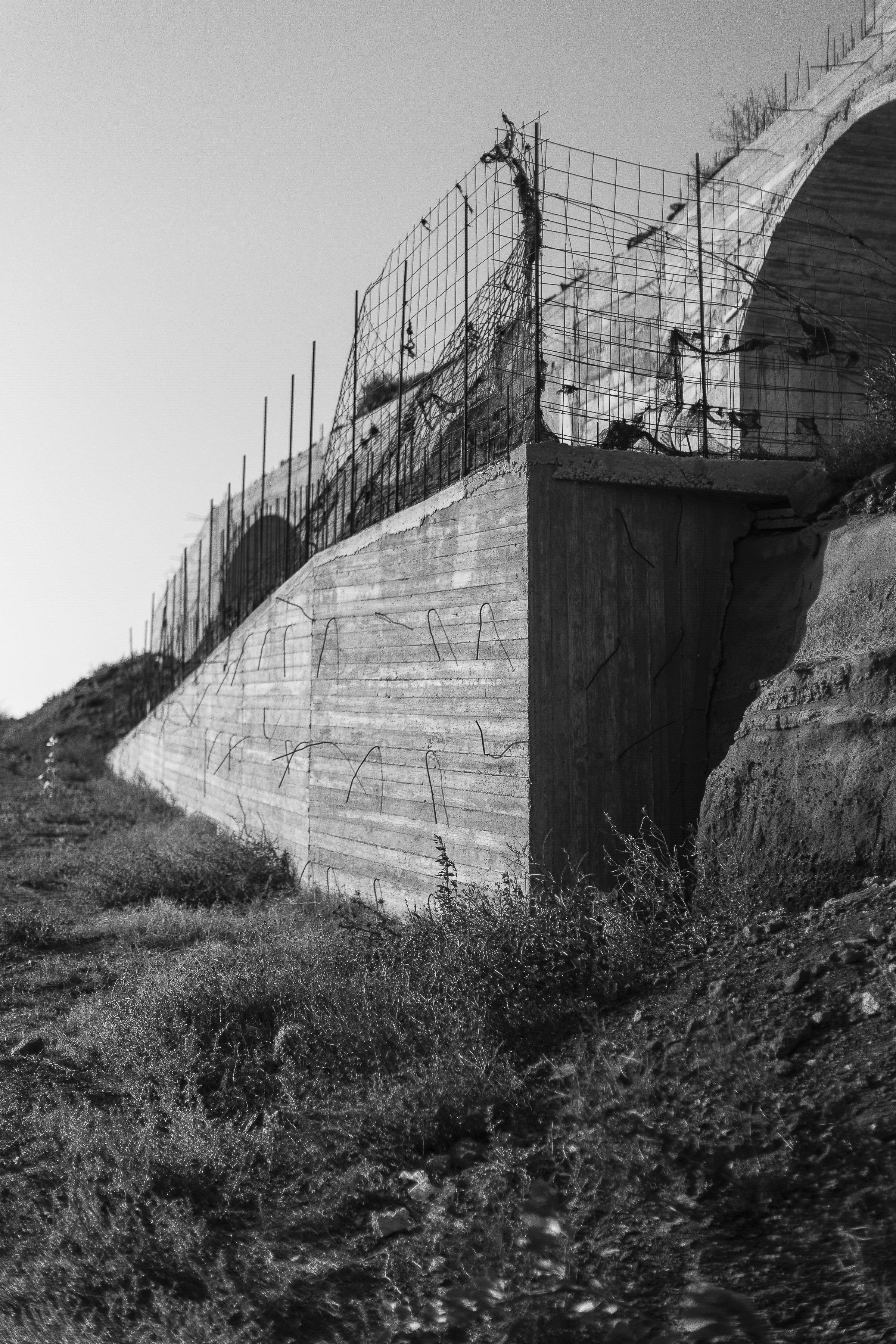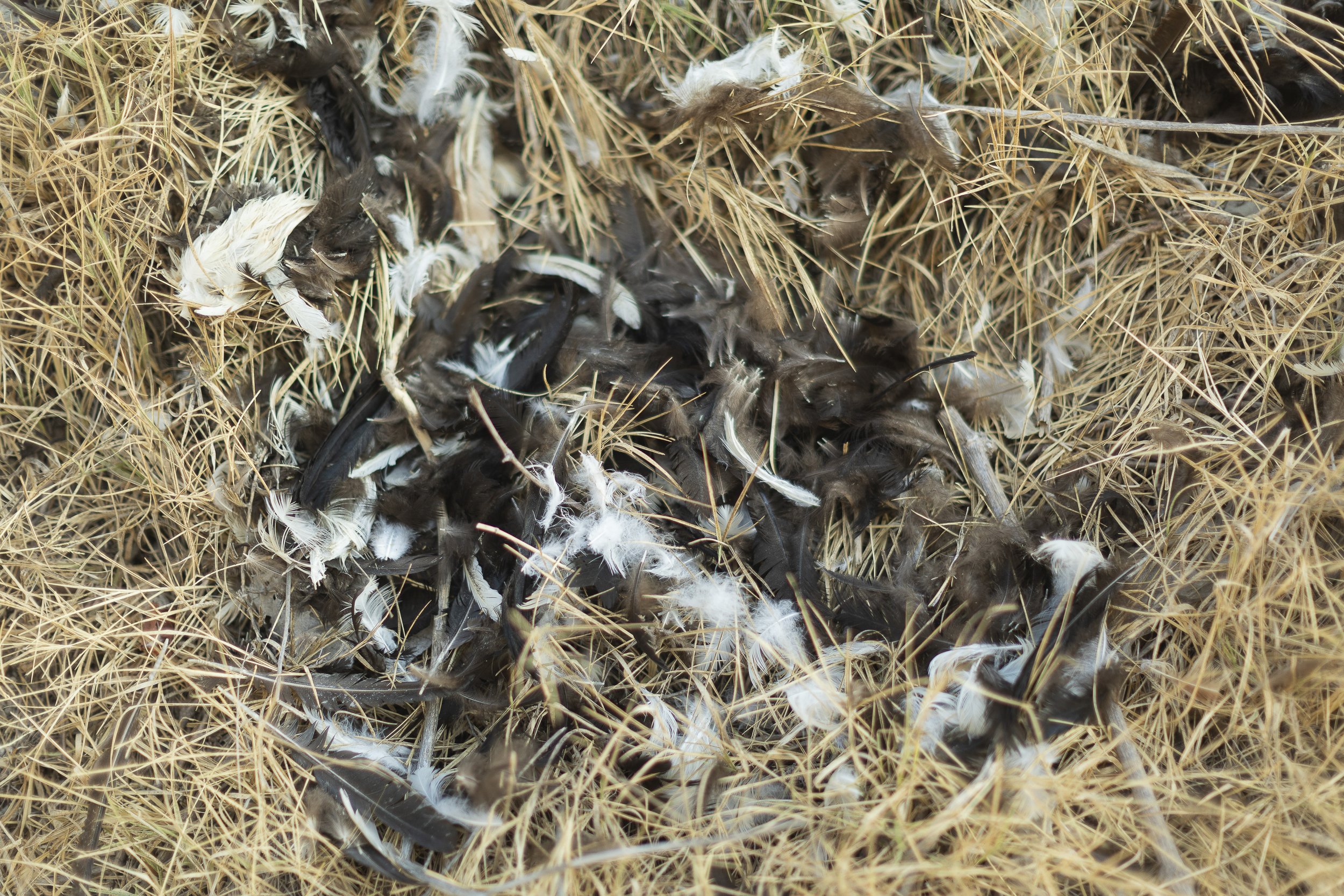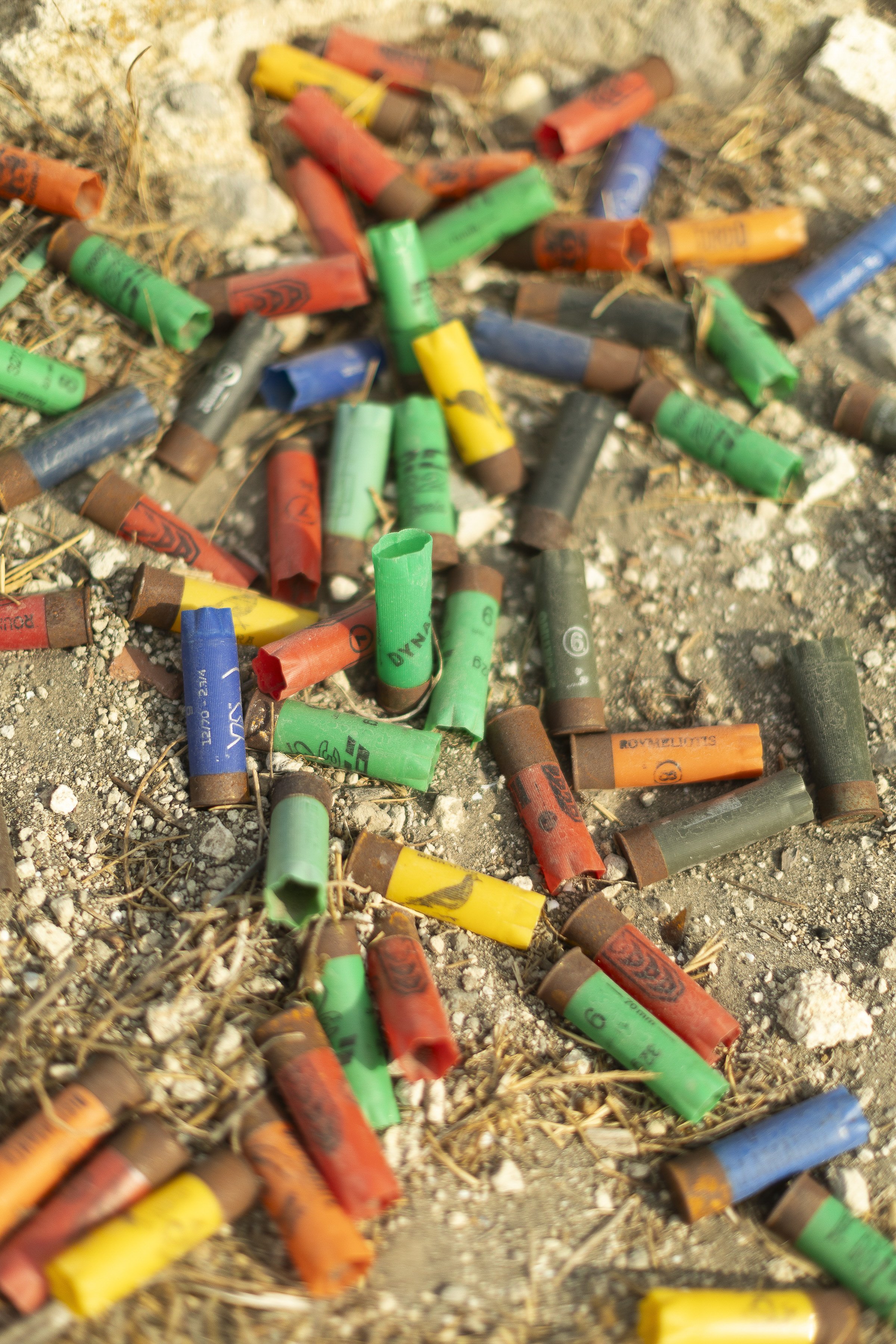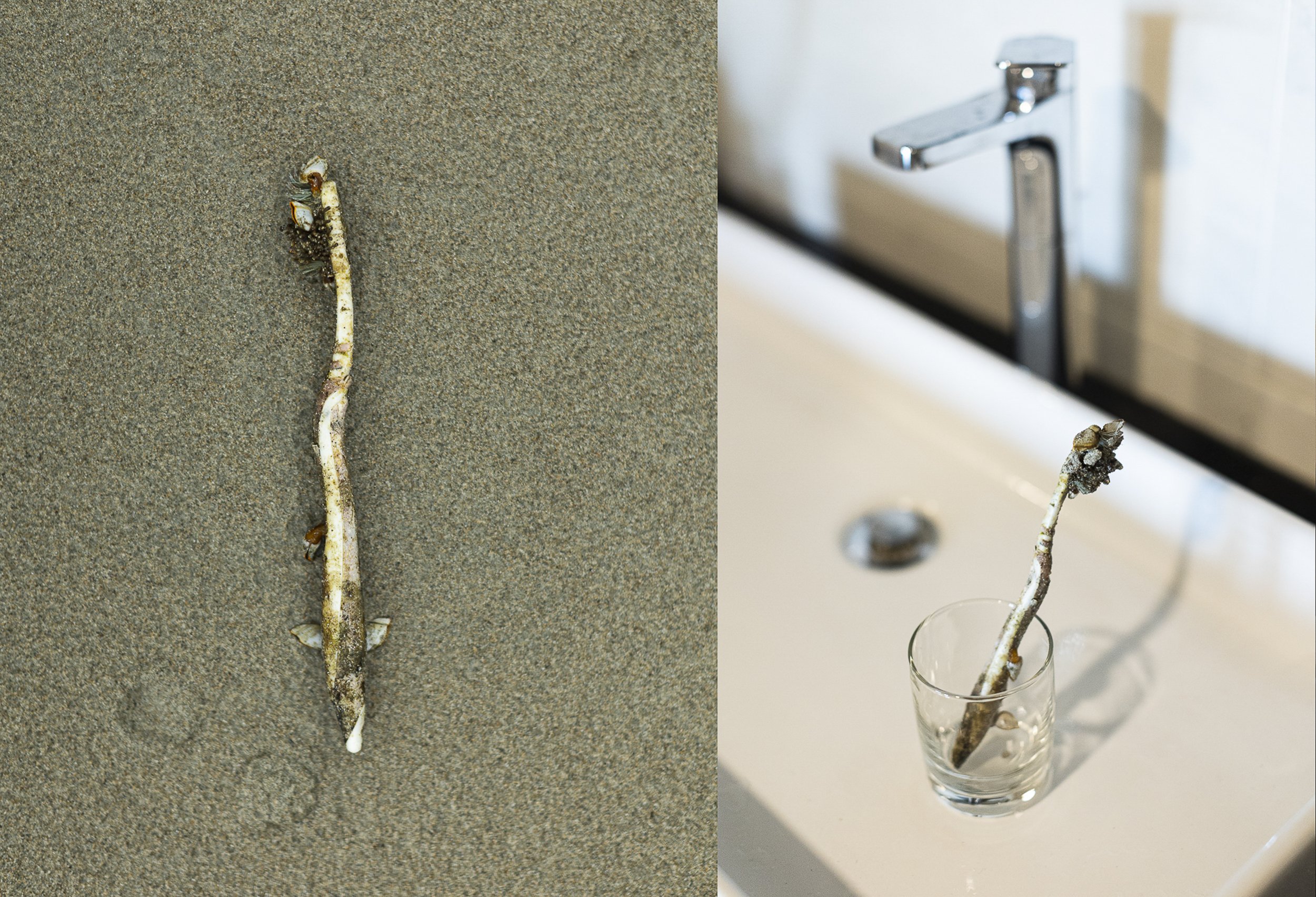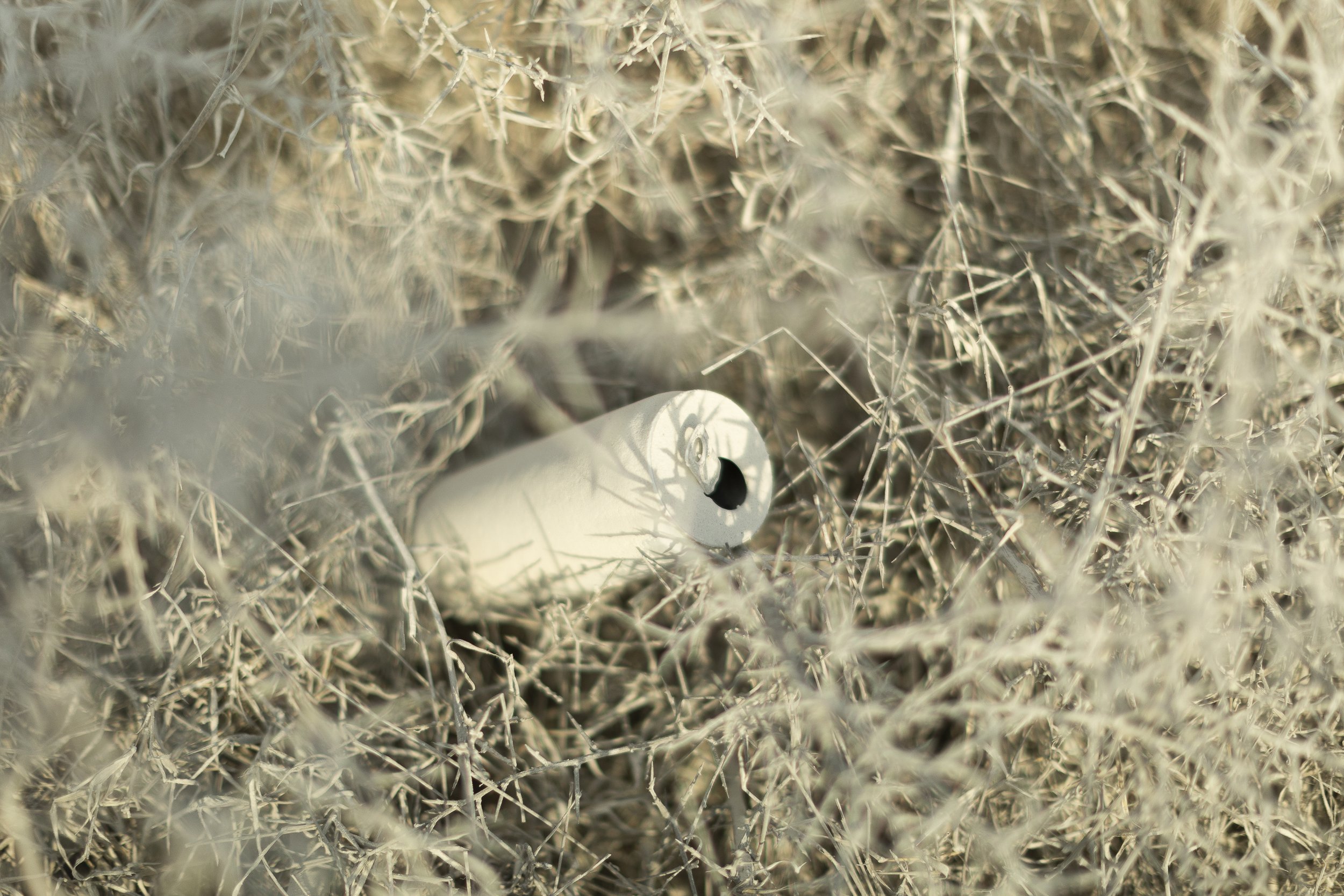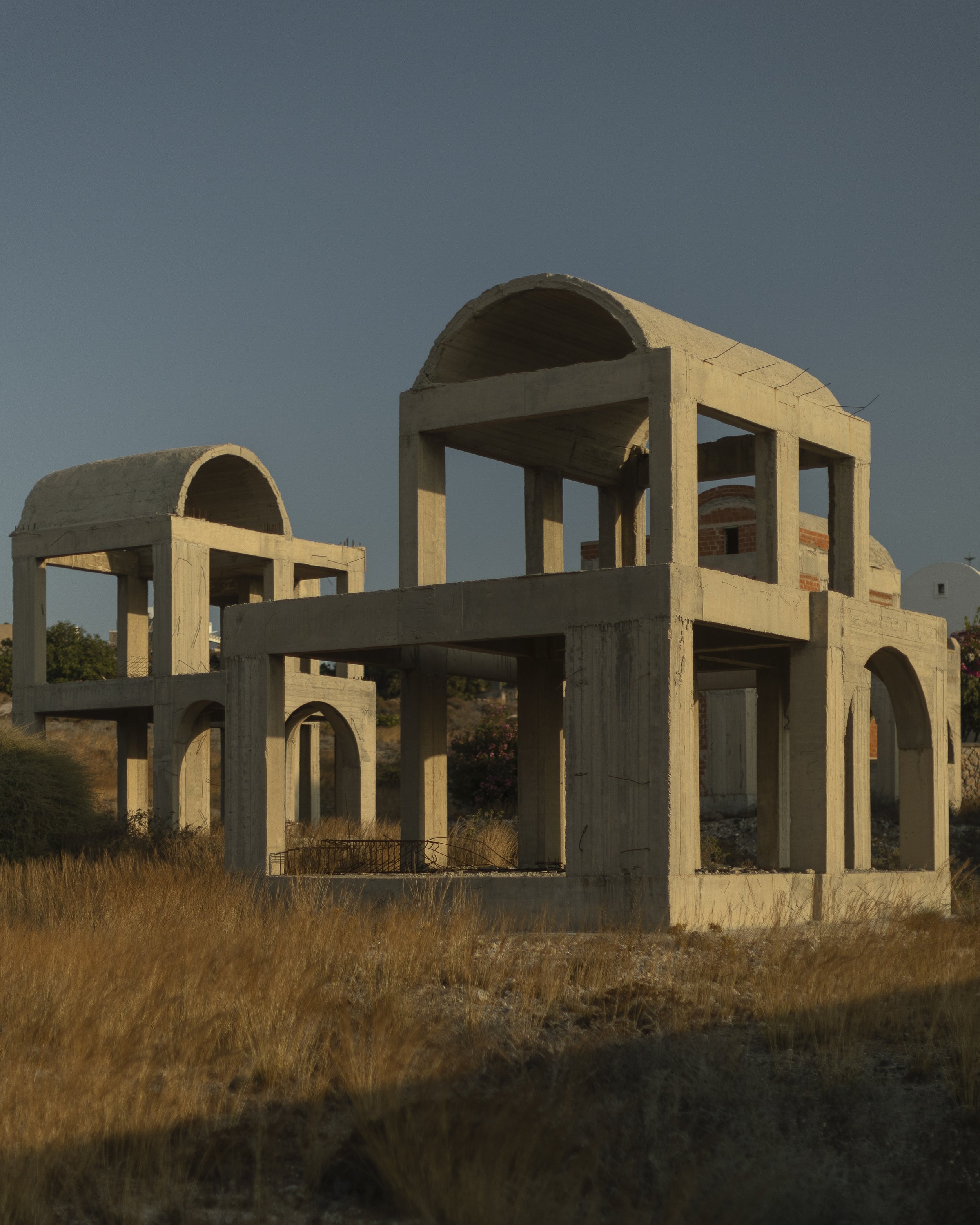Monachopsis*
Opened Thursday 14th March 2024 Contemporary Art Space Manuka Canberra
Writer *John Koenig dubbed “monachopsis” in his Dictionary of Obscure Sorrows:
“the subtle but persistent feeling of being out of place, as maladapted to your surroundings as a seal on a beach—lumbering, clumsy, easily distracted, huddled in the company of other misfits, unable to recognize the ambient roar of your intended habitat, in which you’d be fluidly, brilliantly, effortlessly at home.”
And there I was kneeling on the oily sand making portraits of discarded plastic sunscreen and soft drink bottles cultivated by molluscs. They were clinging desperately and transmuting the bottles into miniature molluscan sea monsters.
Wreaking havoc in nature and placed in my home I am caught “between Scylla and Charybdis” as the molluscan see monsters taint the decor. I am repulsed.
Walking at dawn I hear the cracking sounds of gunshots. It is shooting season. Birdsong cut short, punctuated with a soft thud. The colourful remnants of war left scattered and rusting. The birds disappeared.
Prickly pear cactus reclaim the feral car. Someone loves Cactus Car. I do too.
Nature scarred by the hand of lovers and the egos of men.
Humanity leaves its mark.
Carnage and resolution, autonomy and command, collapse and resurrection.
Left to its own, Nature reclaims. We hope.
ESSAY
June 2016 stands as a watershed moment, quite literally, as the Queanbeyan River bore witness to a deluge that inundated it and the surrounding land with a torrent of plastic waste. The riverbank was adorned with the detritus of the capitalist Anthropocene era – a grim testament to our collective negligence. Through my camera, I captured plastic entwined with nature, a sight that stirred within me a potent blend of horror and introspection.
The shores of Potato Point Beach NSW in 2019 offered a stark juxtaposition between nature and the intrusion of human debris. I encountered small relics of a consumer culture, plastic drink bottles, adorned by tiny mollusks – a poignant reminder of nature’s indomitable spirit.
Yet, it was on the shores of Bintan Island in Indonesia that the full extent of the first worlds’ consumerism was laid bare. Here, amidst the monsoon was a landscape desecrated by the relentless onslaught of plastic waste, almost suffocating under the weight of our indifference. The stench of oil and burning plastic waste hung heavy in the air, a grim reminder to the unholy alliance between industry and environmental degradation.
Environmentalists and scientists echo a call for change. The scourge of plastic waste, a byproduct of our insatiable appetite for consumption, threatens to unravel the delicate tapestry of life that sustains us, but also upon or bird and sea life. We have now heard that breastfeeding women have plastic in their breast milk. The spectre of environmental collapse looms large, casting a pall of uncertainty over the fate of our planet.
Nature, however, has shown resilience in the face of adversity. So, amidst the gloom, a flicker of hope endures. It is incumbent upon us, as stewards of our planet, to do something! Bold and decisive action is needed to stem the tide of environmental degradation, to forge a path towards a sustainable future built on the pillars of renewable resources and equitable stewardship.
As I reflect on these encounters, I am reminded of the imperative for collective action – a rallying cry for governments, industries, and individuals alike to join hands in a shared endeavour to safeguard our planet for generations to come. The fate of our world rests not in the hands of fate, but in the choices we make today.
CLOSING EVENT
Drifting with Dr Ruth Lee Martin
Link to The Dictionary of Obscure Sorrows by John Koenig


